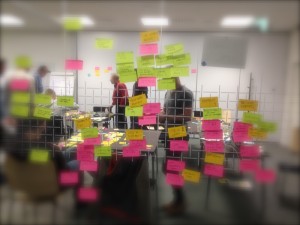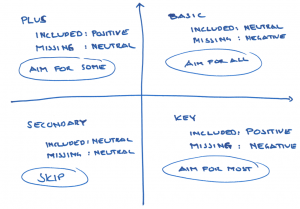 How do you decide what to build next? Who comes up with the ideas? How do you decide in what order to implement them? How do you keep track of what you’re working on, and what you want to work on?
How do you decide what to build next? Who comes up with the ideas? How do you decide in what order to implement them? How do you keep track of what you’re working on, and what you want to work on?
Here’s a behind the scenes look at how the Candy Crush Soda team comes up with ideas and decides what to build next!





